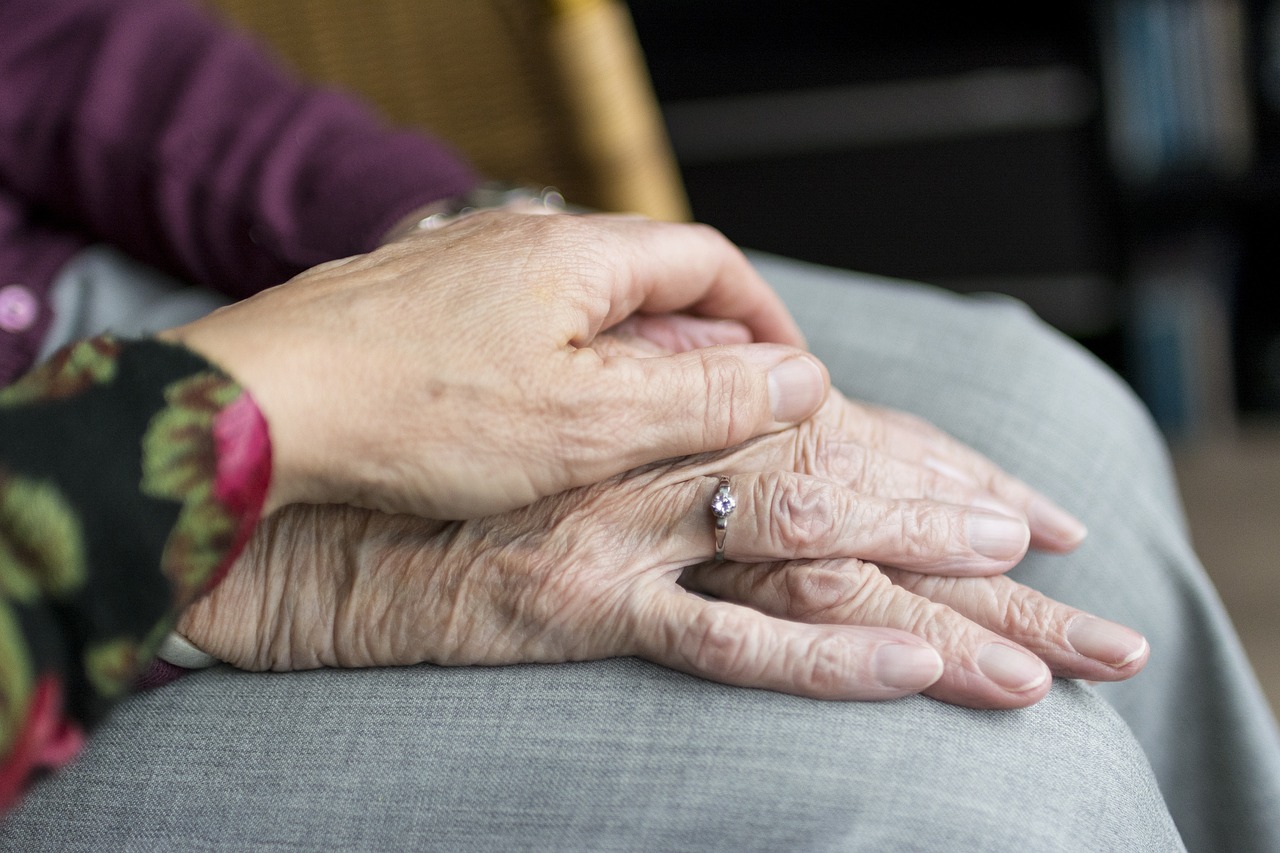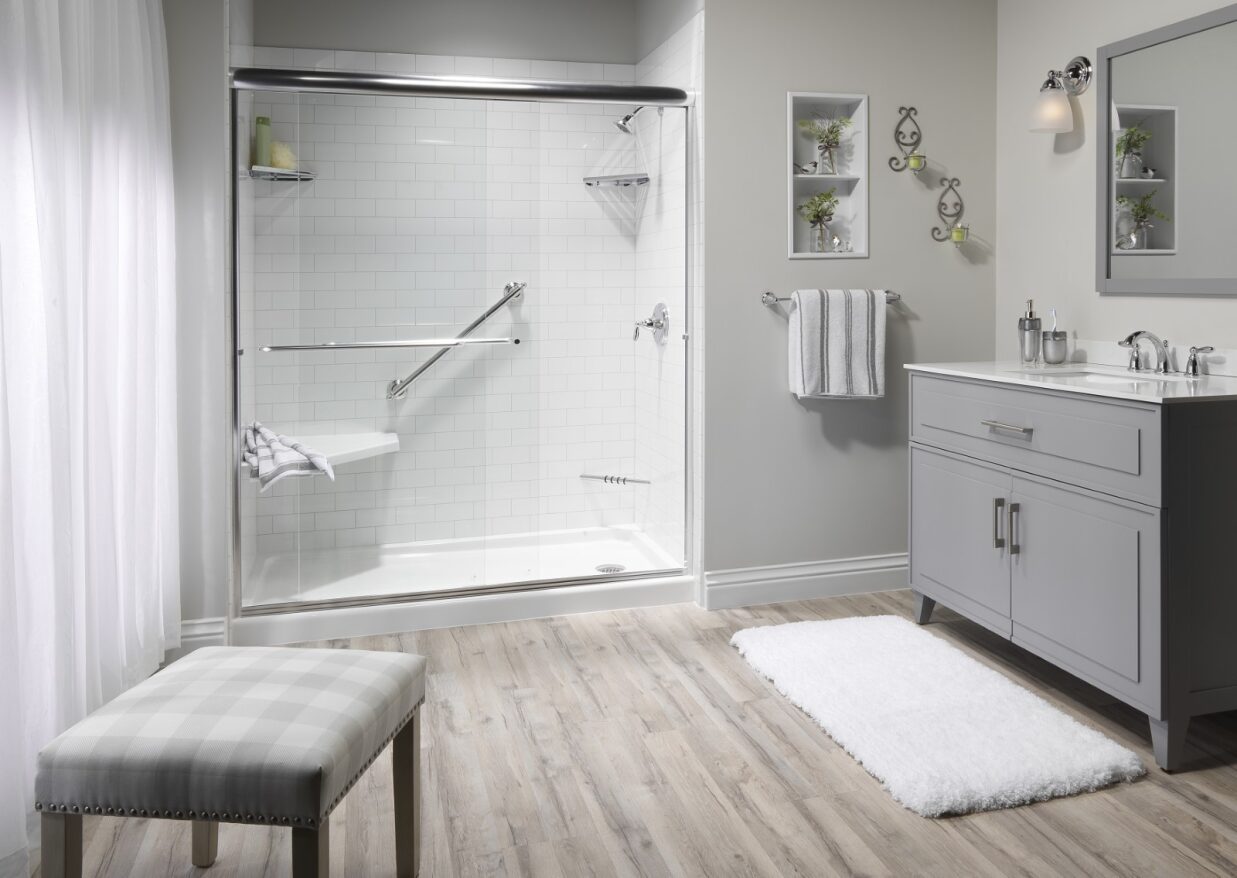Over the last decade, there has been a great increase in the number of adults who are caring for their aging parents. While these caregivers often work incredibly hard, it can be difficult to know what to do when confronted with an older adult resistant to bathing. Bathing is important not only for physical health but also for mental health. Many older adults who don’t shower or bathe regularly face skin infections and other problems that can lead to depression, pain, and even loss of mobility. The risk of illness also increases if you live with an aging adult who doesn’t shower regularly.
If you’re struggling with a parent or relative who is resistant to bathing, here are five strategies to make the process safer and easier.
1. Make Bathing Easier with Walk-in Tubs
If your loved one has difficulty standing for long periods, bathing could be a particularly challenging experience. A walk-in tub can make it much easier and safer for an older adult to bathe. They are designed to fit inside an existing bathroom space, providing a lower entry threshold when compared to the wide and tall step on normal tubs. Walk-in tubs are designed for mobility-impaired individuals who need assistance getting in or out of the tub, providing an excellent bathing solution for seniors.
Walk-in tubs are the best option that makes it possible for aging loved ones to bathe in the comfort of their own home, and to stay there longer.
2. Use Encouragement and Compassion
Don’t make it an “us vs you” thing. Refrain from telling the person that “you” must bathe. Instead, make it a team effort by saying things like “let’s take a bath.” This can lower the confrontation level and ease the older adult into the process. Always make sure to use positive enforcement and encouragement. Stress the need to bathe without pushing it on the person. Always make them feel like they have a choice in the matter; you are simply guiding them towards the best choice.
3. Keep Things Simple While Bathing Older Adults
Bathing an elderly adult who is resistant to bathing can be frustrating and overwhelming. Adding any additional activity, like shaving, for example, could cause more problems than it solves. Keep the experience as simple and stress-free as possible. If your elderly loved one doesn’t like to shave, don’t force them to shave. Instead, focus on ensuring their skin is clean and clear of issues like dryness or irritation. Once they are more receptive to bathing, you can add in other grooming activities.
4. Maintain a Clean Bathroom
One of the most important things to do when caring for an elderly parent is to maintain a clean environment in your home. It’s important to regularly wash all surfaces in the bathroom to avoid infections and bacteria growth. While bathing an elderly loved one can be a frustrating experience, taking care of yourself and your environment can help make the process more pleasant and positive.
Get a Walk-in Tub Today
Bathing an elderly adult can be a daunting task, but it can be made easier. Walk-in tubs can help make the process easier for your elderly loved one and reduce the risk of injuries caused by falling. By ensuring your loved one stays clean and well-groomed, you can ensure they feel good about their appearance, health, and mental well-being. Get in touch with us today to talk about what’s right for your aging relatives.




